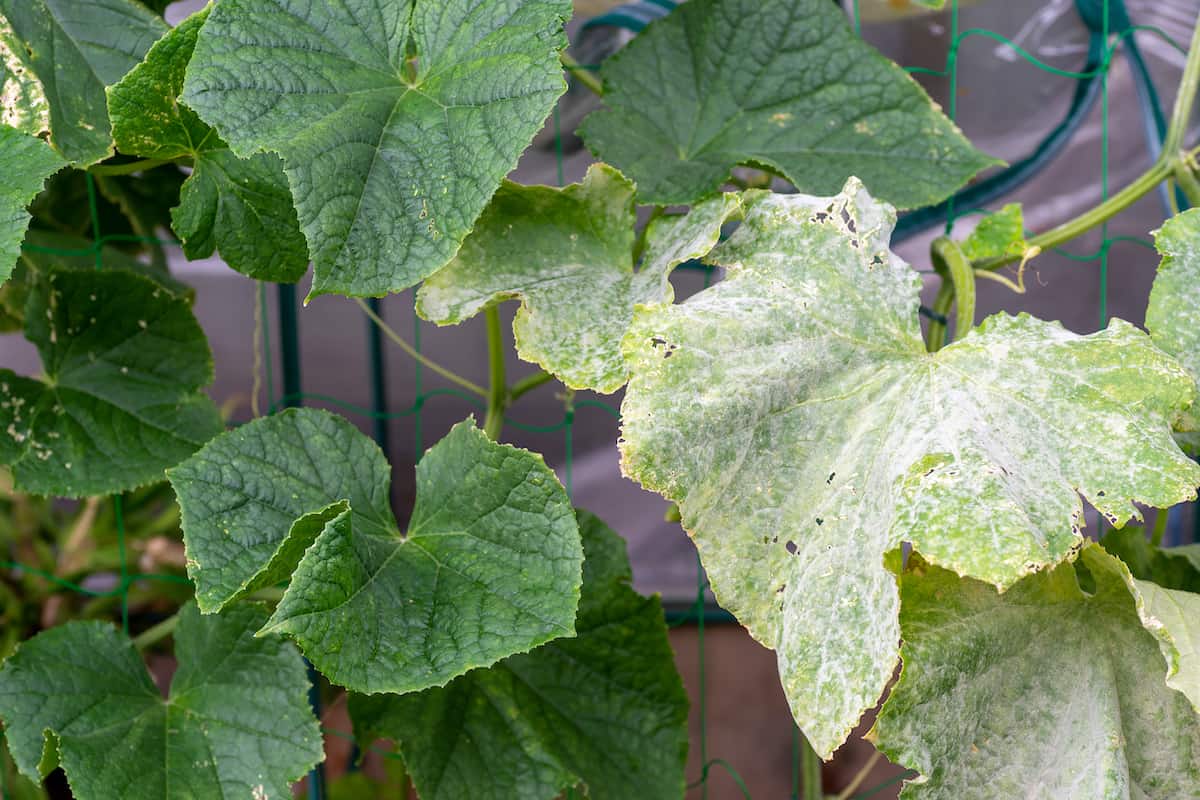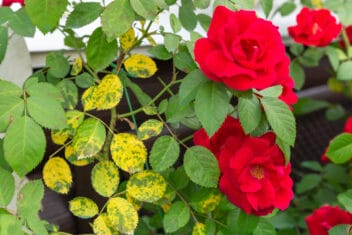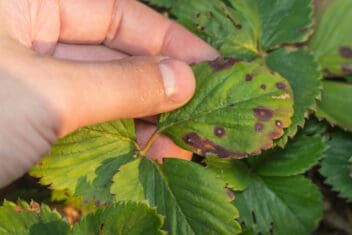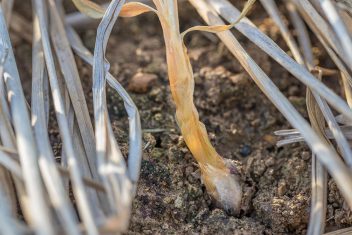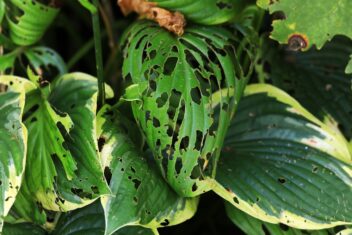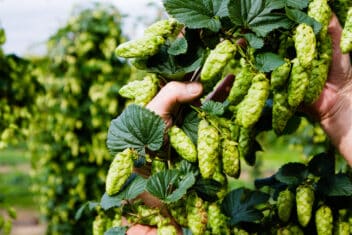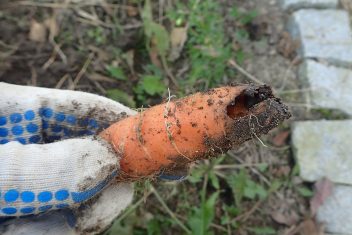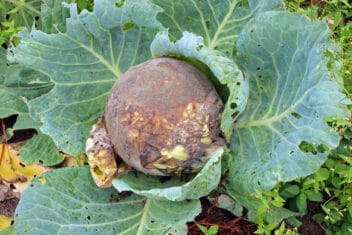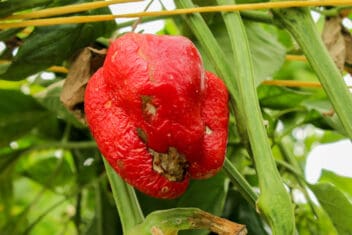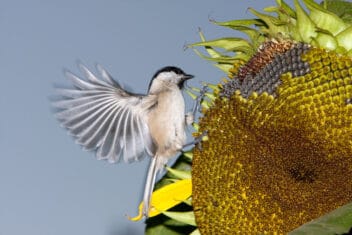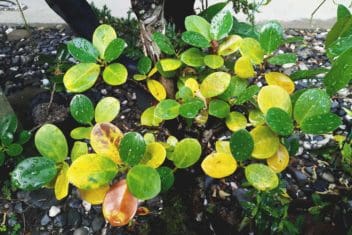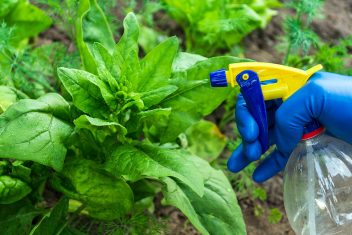Have you noticed how all the articles on organic gardening seem to recommend that you choose disease-resistant plants? That’s generally good advice. Yet, many gardeners don’t understand exactly what disease resistance means, how it’s achieved, and how to harness it as a tool in an organic garden.
I know I didn’t! It took me a few years of organic gardening before I got my head around what I needed to understand about plant disease resistance. I want to save you time by detailing the information you need to make disease-resistant plant choices in one place.
You’ll still need to do additional research to understand the disease risks in your region; but once you do, you’ll be well on your way to healthier plants without spraying chemicals or crop losses.
The Limits of Disease Resistance
The first thing to understand is that disease resistant does not mean immune. Plants with high levels of disease resistance to certain kinds of pathogens can still get those diseases and be subject to productivity loss as a result.
Plant Care Matters
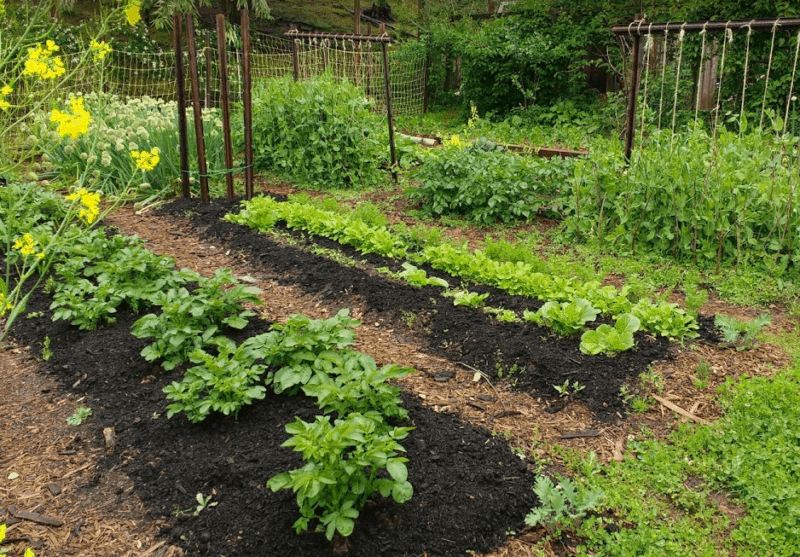
The level of disease resistance a plant has will vary depending on overall health and growing conditions. Just like humans, even if you have a natural high immunity to the common cold, when deprived of sleep, fed only cookies, and kept indoors, your natural immunity will likely be compromised by that kind of stress.
When you read the term “disease-resistant” it means that plants raised in the ideal conditions to support good health will be less likely to show symptoms of specific diseases. It’s not a guarantee that neglected plants will not get those diseases.
All other recommendations for an organic garden still apply:
- You need to add aged compost and occasionally use organic fertilizer to nourish your soil.
- Tasks such as regular watering, crop rotation and weeding to reduce pathogen transmission are still essential.
- Providing plants proper spacing based on disease risks is critical.
No Universal Resistance
Also, there’s no such thing as a plant that is resistant to all diseases. Some plants do seem less bothered by diseases in general, but they are often not the plants you want to grow. In fact, many of those broadly disease-resistant plants are considered weeds.
When choosing disease-resistant plants, you need to make sure they are specifically resistant to the diseases most prevalent in your environment. That means you need specific knowledge about which pathogens are rampant in your region.
– Tomato Example
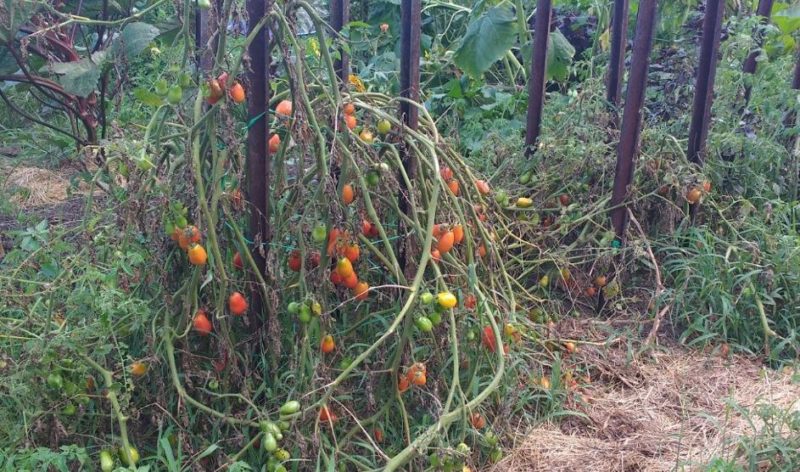
For example, I live in a hot, humid, Southern Climate. Tomatoes in my area are subject to early blight, late blight, bacterial leaf spot, a host of mosaic viruses, and Fusarium wilt. I haven’t seen a tomato yet resistant to all that.
So, instead, I look for varieties that are resistant to Fusarium wilt (since that’s a death sentence). Then I limit my risks for those other pathogens with cultural practices like mulching beneath my tomatoes, watering the soil not the leaves, pruning leafy stems near to the soil. I also start my tomatoes late in the season so I can skip the risk for early blight altogether.
– Apple Example

To give you another example, fire blight and cedar apple rust are common where I live. These diseases can really reduce apple production. Although they aren’t usually deadly on their own, when coupled with extreme weather and insect pressure (e.g. the 17-year cicadas of 2020) they can be a contributing factor in apple tree death.
For that reason, my property is free of cedar family trees since they are a host for cedar-apple rust. I also constantly monitor my tree branches for any signs of fire blight and trim off affected portions quickly. Plus, I grow apple varieties that have a specific resistance to those two pesky plant diseases.
Additionally, a key part of preventing those diseases from getting a foothold in my apples is that I also choose varieties of apples that thrive in Southern climates. Trying to plant cold-loving Northern apples in the South is an invitation to disease, even in disease-resistant varieties.
Practical Application
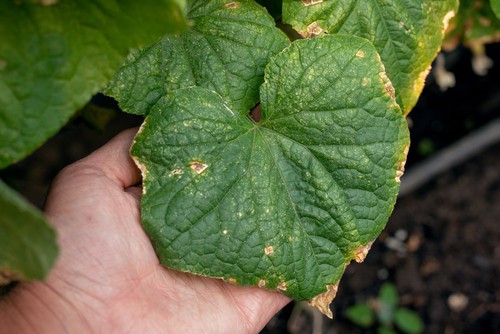
As you can see, disease resistance is just one tool in part of a larger strategy that gardeners use to keep plants healthy. You must make sure the plants are resistant to the diseases prevalent in your area.
You also need to make sure the plant is well-suited to your climate, so it is not in a state of constant stress. Finally, you need to give your plants proper care to limit their exposure to disease.
Types of Disease Resistance
Now that you understand what it takes to ensure plants are truly disease resistant, the next thing to understand is how plants become disease resistant. The primary ways in which plants develop disease resistance include:
- natural adaptation,
- selective breeding,
- hybridization,
- grafting, and
- genetic modification.
Let’s look at each of these ways and how it could impact your gardening decisions.
Natural Disease Resistance
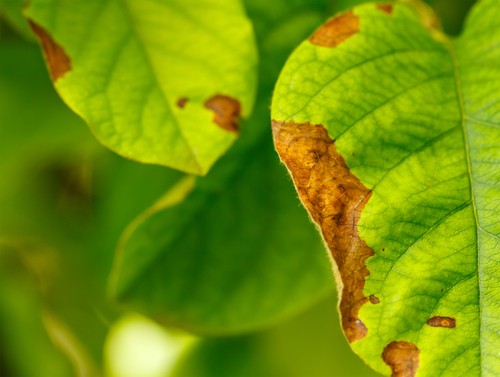
1. Natural Adaptation
Nature’s way of creating disease-resistant plants is often referred to as natural adaptation or selection. Basically, nature creates a lot of plants. The strongest of those plants survives and reproduces. Plants that are susceptible to diseases found in their natural habitat either die out or develop natural disease resistance over time.
– Native Plants
This is one of the reasons why many people think planting native plants is so beneficial. Many native plants in their native habitat have developed disease resistance to native diseases.
– New Diseases
The downside of natural adaptation is that plants tend to only develop resistance to a narrow set of diseases present in their environment. So, if a new disease is introduced as a result of the global plant trade, lots of plants die before nature creates adaptations against those risks.
In other words, natural adaptation is a slow process. It also requires that we be willing to let a lot of plants die so stronger generations can emerge naturally. Plus, sometimes plants simply go extinct as a result of a new disease rather than develop natural resistance.
Cultivated Disease Resistance
Plant breeders tend to rely on other techniques to encourage disease resistance in plants.
There are three main ways this is done.
2. Selective Breeding
Selective breeding is something seed savers have been doing for ages. We save seeds from our best tasting, healthiest plants. By doing that repeatedly our plants get better and better year after year.
Commercial plant breeders, though, often do this with a specific goal of disease resistance.
– Low-Tech Breeding
For example, on the low-tech side, if a seed producer’s tomato seed crop gets hit by early blight (Alternaria tomatophila and Alternaria solani), the seeds from plants that were unaffected might be saved and cultivated as a potentially disease-resistant variety. Then, after several generations of growing plants from those seeds and saving seeds from the best of each consecutive generation, the seeds might be marketed as resistant to early blights.
– High-Tech Breeding
In a more high-tech approach, plants might be grown in a lab or a heated, lighted greenhouse to allow for year-round testing. They might be exposed to diseases so weak plants can be culled and strong plants used for propagation. Multiple generations and genetic seed strains might be perfected simultaneously through the use of season extension and cross-pollination barriers.
– Seed Saving
Whether by high- or low-tech methods, plants that are selectively bred are still basically nature-made, just in a faster fashion and for a particular purpose. That means you can save seeds from these plants to use in the future.
Some of the seeds you start may not be as strong as the parents. But most of your seeds will be true to their genetic heritage as long as you only save seeds from the healthiest, most disease-resistant plants in your garden.
3. Cloning
Another way plant breeders perpetuate disease-resistant plants is by making clones of the plants that show the best resistance. Clones are not made from seed. They are made from cuttings, layering, or tissue culturing.
If you want to make more of your disease-resistant plants at home, then you’ll want to make clones in the same way. Tissue culturing can be done on the homestead. But most home gardeners stick to the much easier methods of layering or cloning by cuttings.
4. Grafting
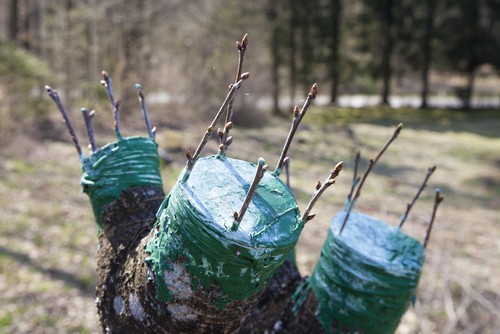
Another way plant breeders go about creating disease resistance is to graft. This is very common with fruit trees and decorative woody ornamentals.
Basically, you start with a rootstock from a less attractive, or not so tasty, plant that is hardier and more disease resistant. Then you trick it into growing a tastier or more beautiful variety by grafting cuttings from the fancier plant onto the high-performing rootstock.
It sounds a bit creepy, like alien invader kind of stuff. But if your rootstock and your grafted variety have enough genetic similarity, the rootstock doesn’t even realize it’s feeding and anchoring other plants. It just goes on doing what it would have done if it had grown its own trunk, branches, and leaves.
Since it’s the rootstock that drives disease resistance in grafted plants, you have to make sure the rootstock your plant is grown on is resistant to the diseases you are most concerned about for good results.
Scientific Cultivation
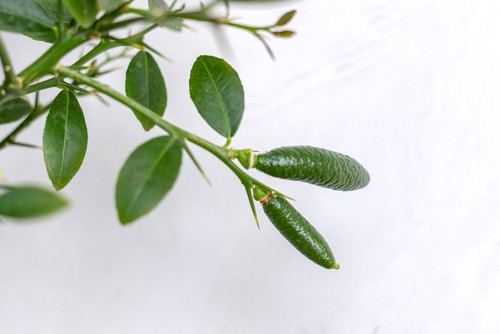
Grafting and cloning are things you can do at home with just a little bit of skill. But there are two other ways of creating disease-resistant plants that aren’t typically used by home gardeners.
5. Hybridization
Hybridizing plants is a manipulation of a natural process that involves cross-pollinating two related plants for a specific purpose. In order to get the exact cross you want, you must remove all the male flowering parts from one plant. Then you must ensure that the male parts of the second plant cross-pollinate the plant that has the male parts removed.
– Hybrid Corn
For example, to create hybrid corn, you remove the corn tassels, which are the male flowering plant parts, from the plants you will use to produce seed. Then, you leave the tassels on the plants you want to provide the pollen. Of course, you also need to grow those corn plants in a bubble or at least 5 miles from any other corn to prevent cross-pollination by other kinds of corn.
– Hybrid Tomatoes
It’s easy to make hybrid corn since the male parts can be snipped off with one cut. But in the case of tomatoes, since every single flower has both male and female parts, creating hybrids is a lot more tedious and labor-intensive. This is one of the reasons why hybrid tomato seed cost so much.
Genetic Engineering
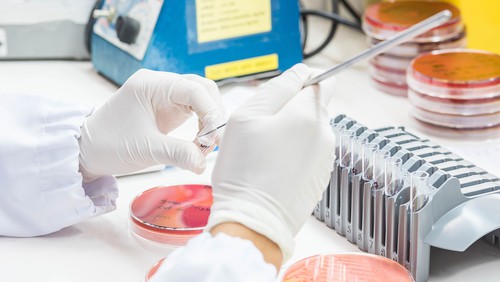
Beyond the labor of manipulating cross-pollination, plant breeders also spend years searching for and testing to get the exact perfect hybrid matches. According to the USDA, it can take 12 years or more to create new hybrid strains for the market.
As such, industrial producers of staple seeds have been searching for faster methods of creating new disease or pest-resistant plant varieties. This is where genetic modification comes into the picture.
6. Genetic Modification
Genetic modification involves using technology to replace segments of a plant’s DNA with new information. It’s basically like re-programming a seed with coding from something unrelated. It allows new kinds of plants to be created in a lab with just a few months of research and testing rather than 12 years of breeding.
As an organic gardener, GM seeds and plants are not something I would ever use. Also, they generally aren’t available to the home gardener because they often have minimum purchase amounts and require that you sign contracts about how you use those products.
But if you want to learn more about them, I suggest you read information from organizations that support the use of GMOs and organizations that are concerned about GMOs to understand the issues.
Disease Resistant Plants in Your Garden
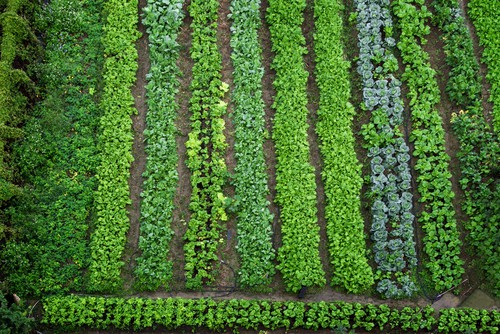
I hope this primer on disease resistance in plants gives you a good background to help you make informed plant choices. The next step is to make sure you know what diseases are most common where you garden.
For that, you’ll want to check with your nearest agricultural extension office or check out their online resources. Or talk to other experienced gardeners in your local community.
As I mentioned earlier, disease resistance does not guarantee immunity. So, you may still suffer occasional setbacks. Yet, with a little research and the right care, most of your plants can be disease-free and highly productive even in an organic garden!
